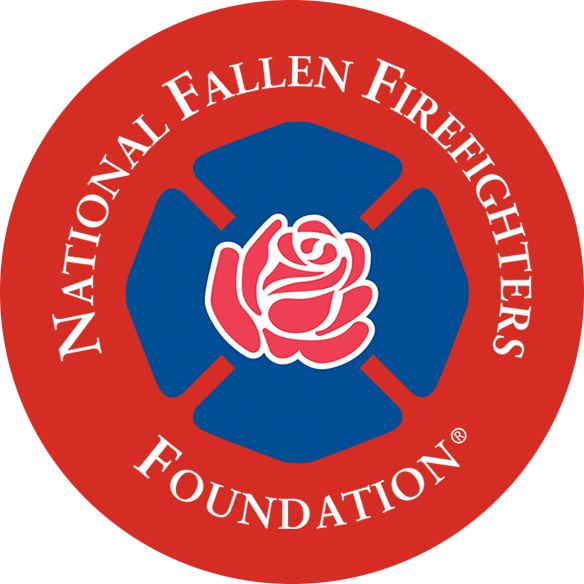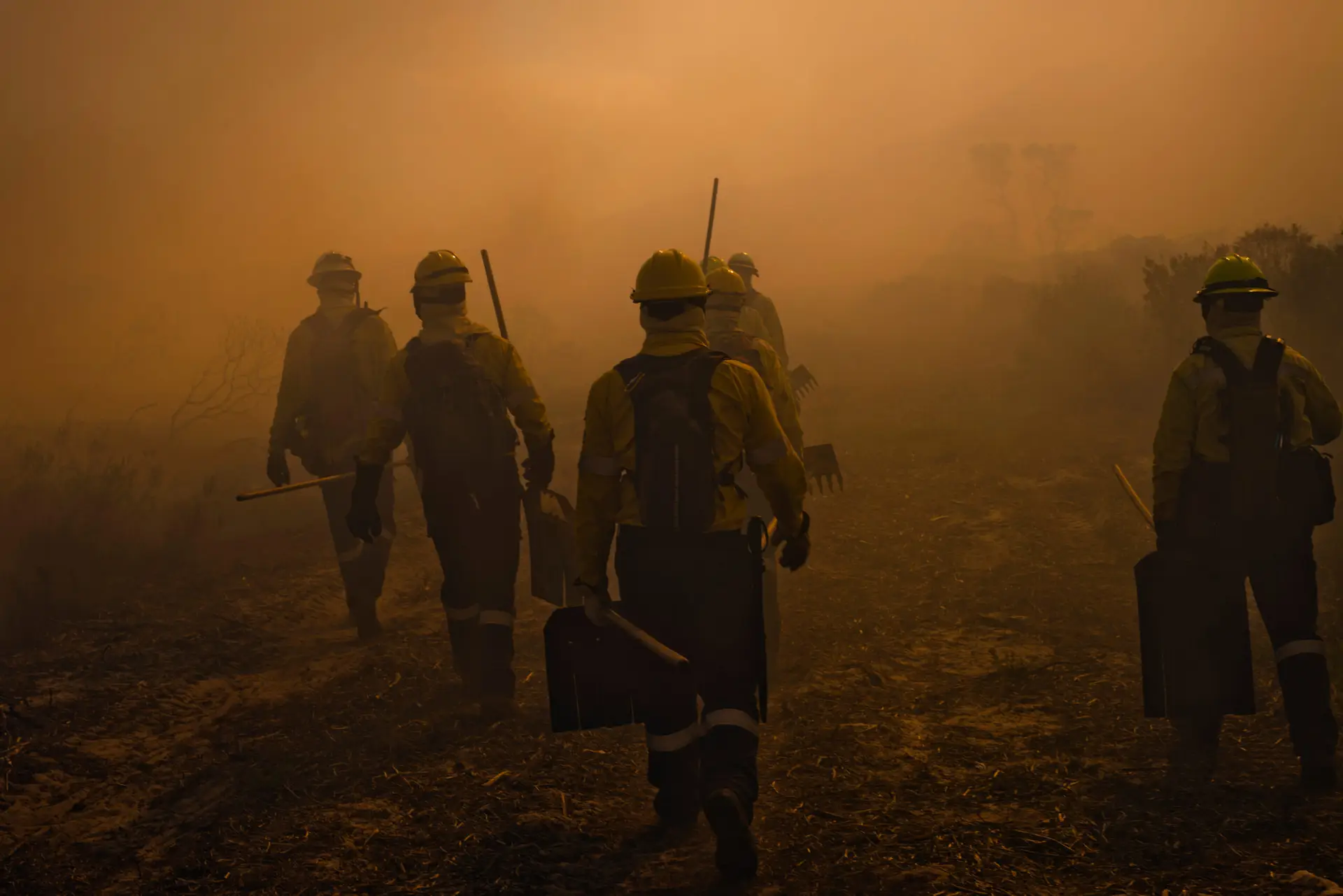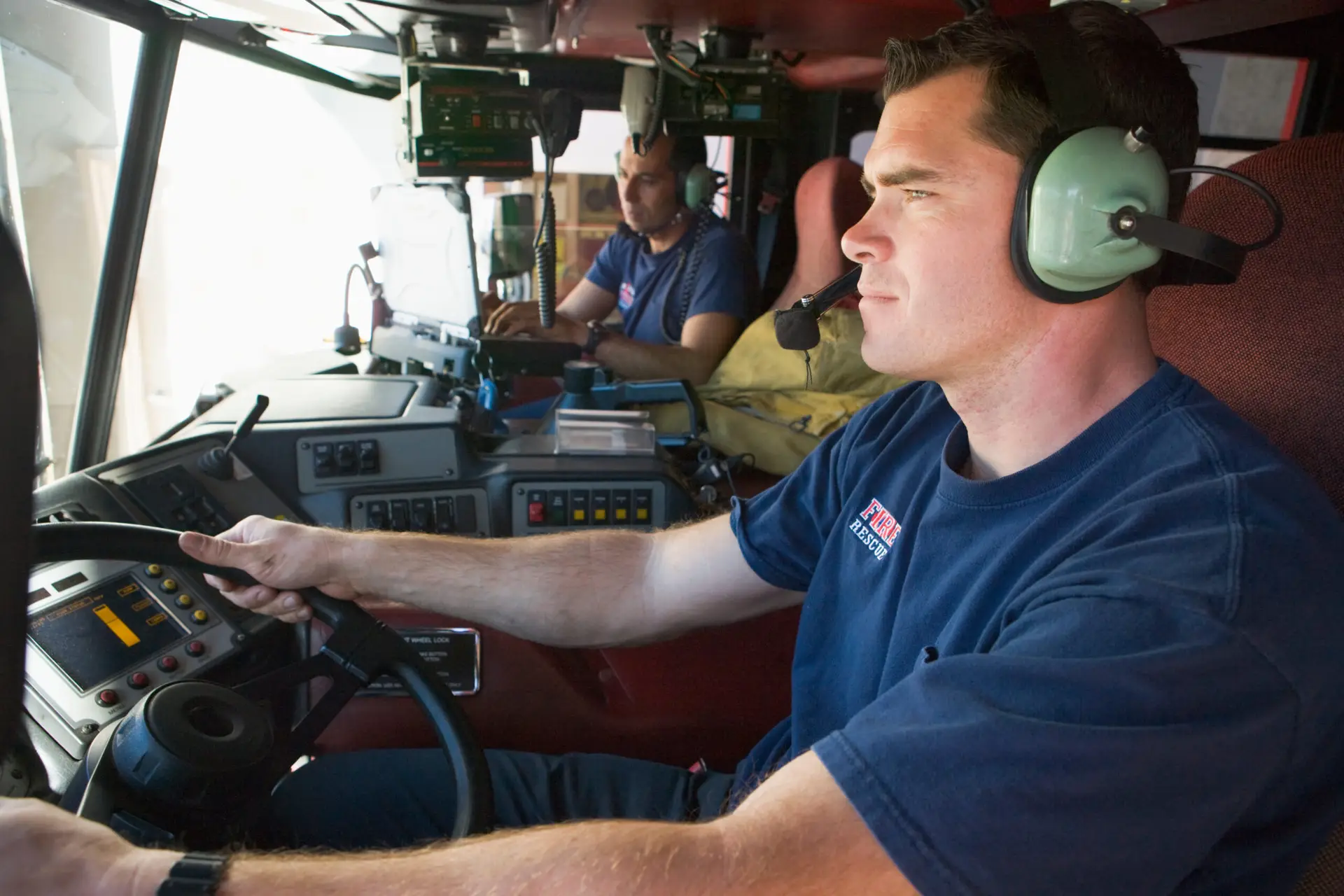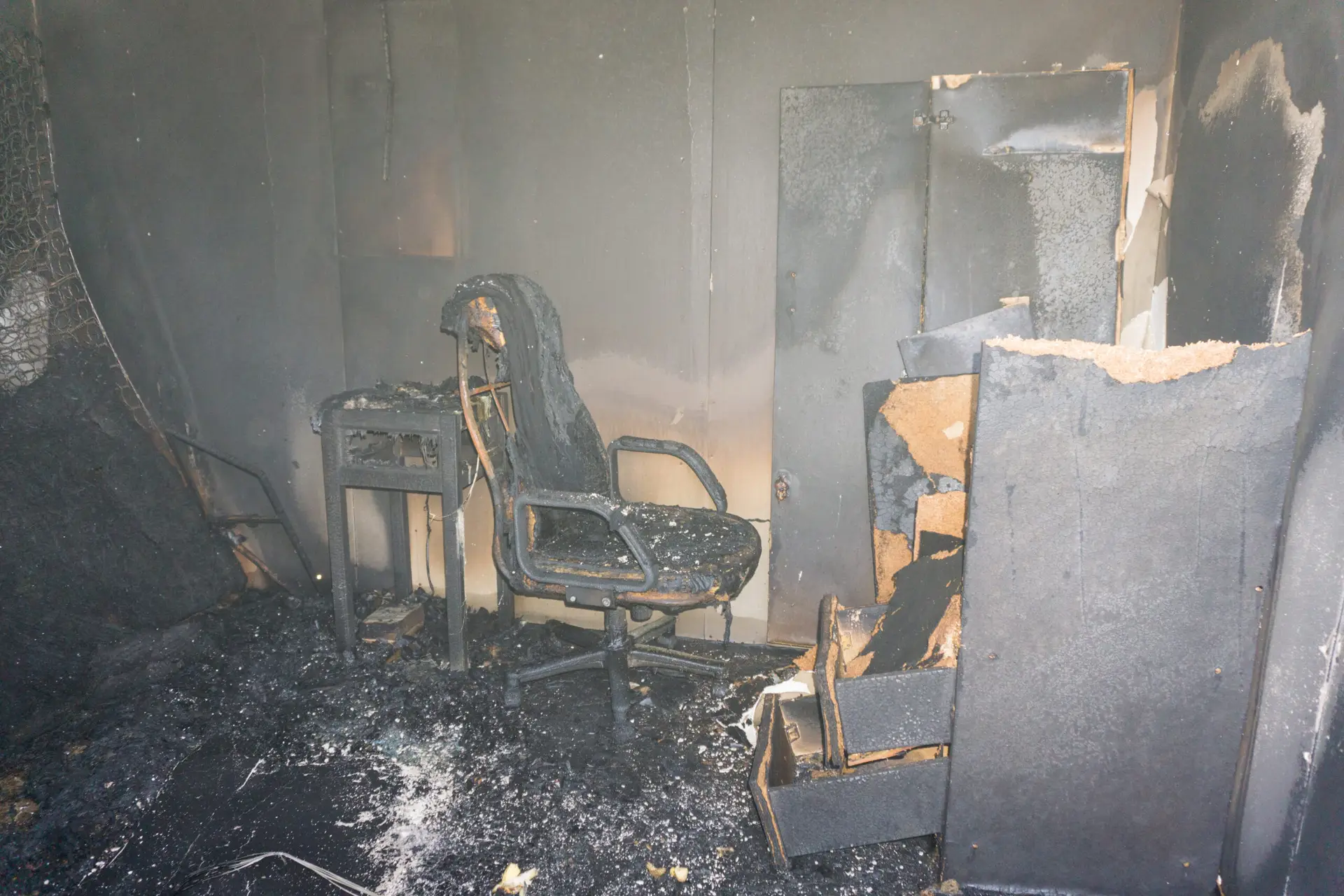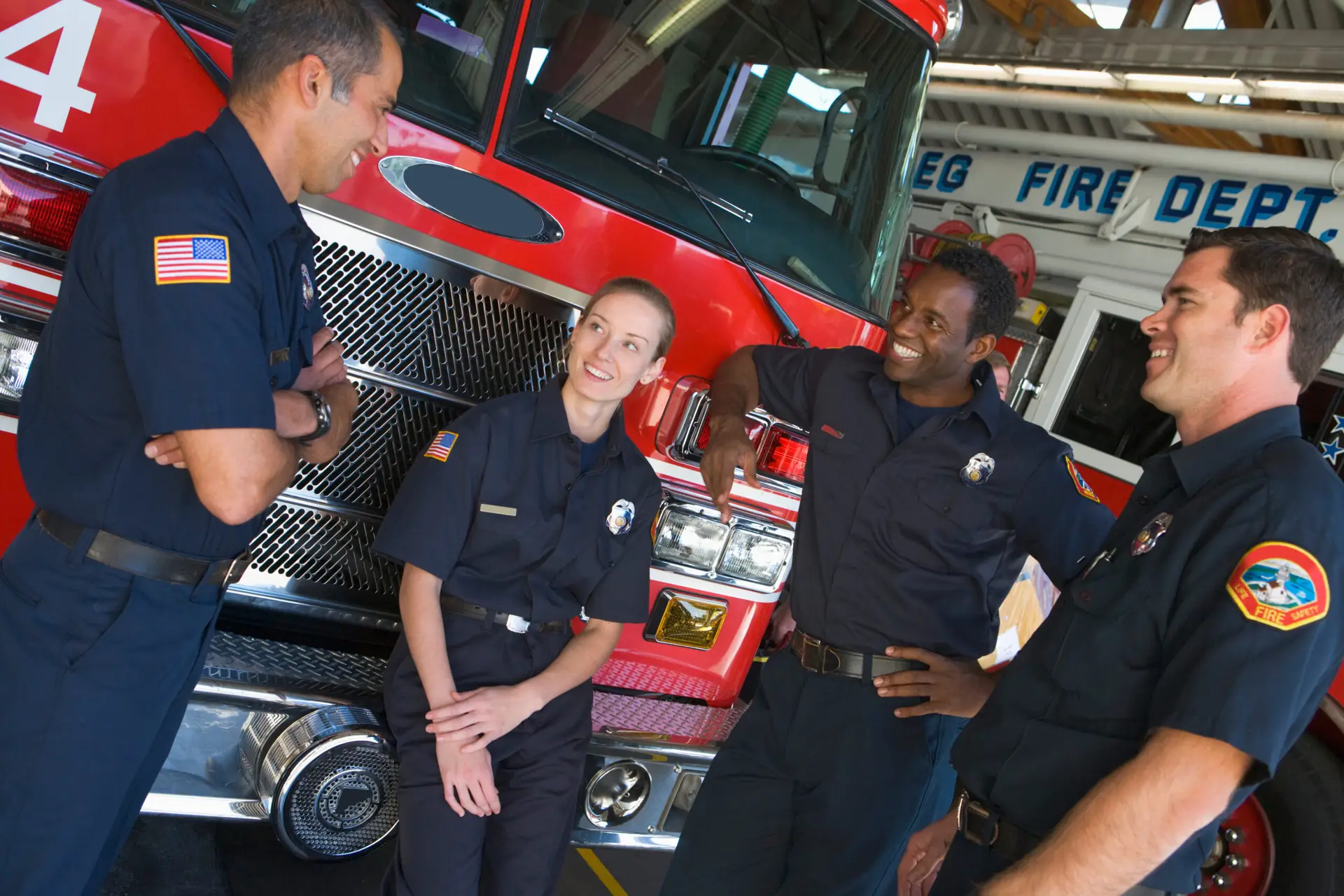Action-Steps for Firefighters & Fire Officers
For Firefighters
- Action Item #1
- Action Item #2
- Action Item #3
For Company Officers
- Action Item #1
- Action Item #2
- Action Item #3
For Chief Officers
- Action Item #1
- Action Item #2
- Action Item #3
Leadership Evolution
Develop leadership training programs that identify and strengthen the attributes and competencies necessary to foster a survival-oriented culture within fire service organizations.
Inside the New Firefighter Life Safety Initiative 3
Combines these original initiatives:
- Empowerment
- Accountability
- Cultural Change
Credit Hours: 1 Hour
Learn how the 16 Firefighter Life Safety Initiatives is an integral part of reducing firefighter fatalities and injuries.
Credit Hours: 1 Hour
Discover how a balanced approach of leadership can help prevent firefighter fatalities and injuries with practical and specific tips.
Credit Hours: 1 Hour
Gain a better understanding of the interpersonal skills needed as a company officer. Learn tips on how to effectively communicate priorities, understanding and responding to problems and handling difficult and awkward situations.
Credit Hours: 1 Hour
Understand the fundamentals of firefighter health and safety including personal commitment to health and safety, peer to leader transition, protocols enforcement, crew resource management and related-NFFF
programs.
Credit Hours: 1 Hour
View an unscripted roundtable discussion between five fire service leaders about creating change in the fire service and leading a culture of safety. Topics discussed include: making safety a priority, handling resistance, fostering an environment of trust and risk mitigation.
Credit Hours: 1 Hour
Review the benefits of automatic fire sprinkler and alarm systems to firefighter health and safety and evaluate a set of core principles to guide a firefighter’s interaction with these systems.
Credit Hours: 1 Hour
Apply firefighter health and safety principles to violent incident response policies, standard operating procedures and training. Updated in 2021 to include responding to active shooter and civil unrest events
Credit Hours: 1 Hour
This module discusses the unique characteristics of wildland fire responses, the known hazard categories and safety practices that mitigate these hazards, and how to practice effective risk management.
Credit Hours: 2 Hours
This program emphasizes the importance of comprehensive pre-incident plans for complex properties, detailing the selection criteria, information gathering, analysis, and dissemination to incident commanders during events.
Credit Hours: 1 Hour
Firefighters must understand how sprinkler systems work to pre-plan fire response and to use sprinklers effectively during a fire incident. This self-paced program demonstrates the advantages of automatic sprinkler systems, then describes how they work and what components they contain.
Credit Hours: 1 Hour
This self-paced program teaches how to complete pre-incident plans for commercial and industrial structures with sprinkler systems, enhancing fire suppression efforts and fostering relationships with property stakeholders, crucial due to the relative infrequency of such callouts compared to residential properties.
Credit Hours: 1 Hour
Fire officers and firefighters must understand how to interact with automatic sprinkler systems to save lives and protect property, and this self-paced program outlines the critical initial actions required upon arrival at a property with an activated sprinkler system to ensure effective incident management and system restoration.
